In this Wednesday edition of Niners Daily, we break down the NFL's newest rule change and how it relates to the San Francisco 49ers.
What had become an afterthought just got a lot more interesting.
NFL owners voted 30-2 on Tuesday to push back point-after attempts from the 2 to the 15-yard line, making the kicks 33-yard tries instead of 20 yarders.
The league decided to make the change because extra points had become automatic. Last year, kickers made 99.5 percent of PATs.
Phil Dawson, the 49ers placekicker since 2013, has made all but eight of his 435 PAT attempts over his 16-year career – which surmounts to a 98.2 percent success rate. The veteran's last PAT miss came in 2009 while he was with the Cleveland Browns.
In Week 6 against Kansas City, the San Francisco kicker is captured frame for frame.
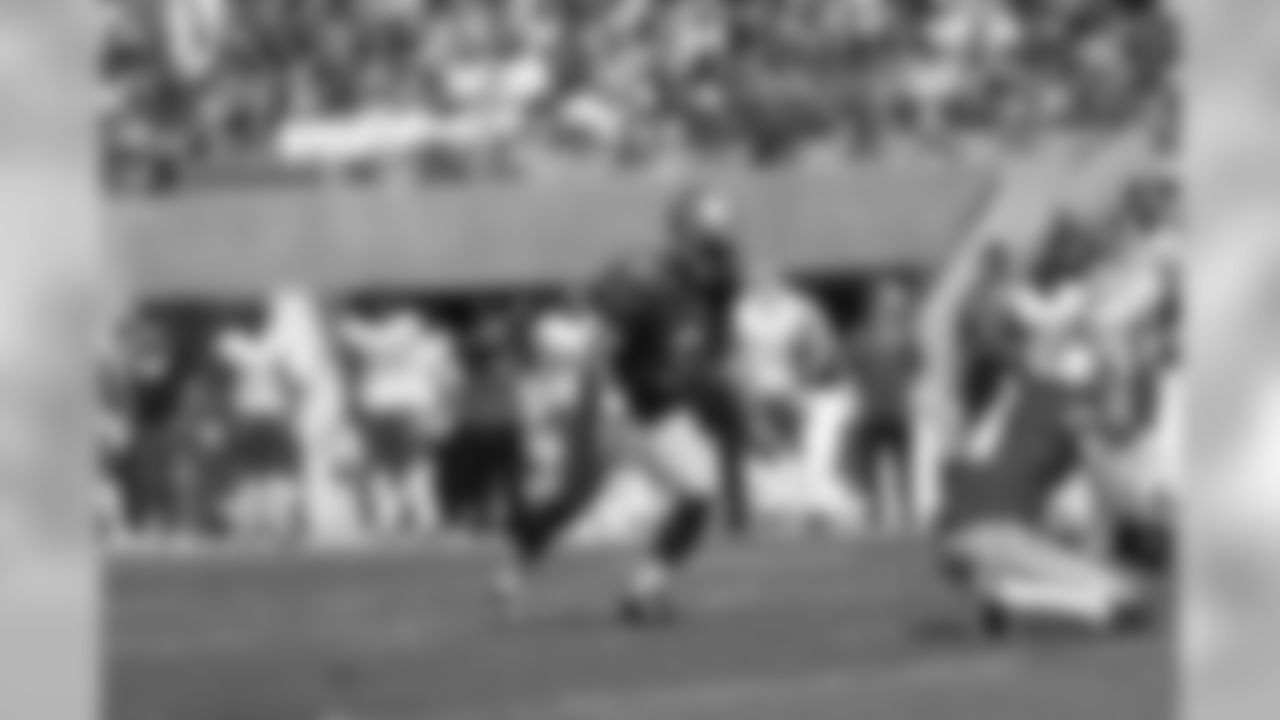
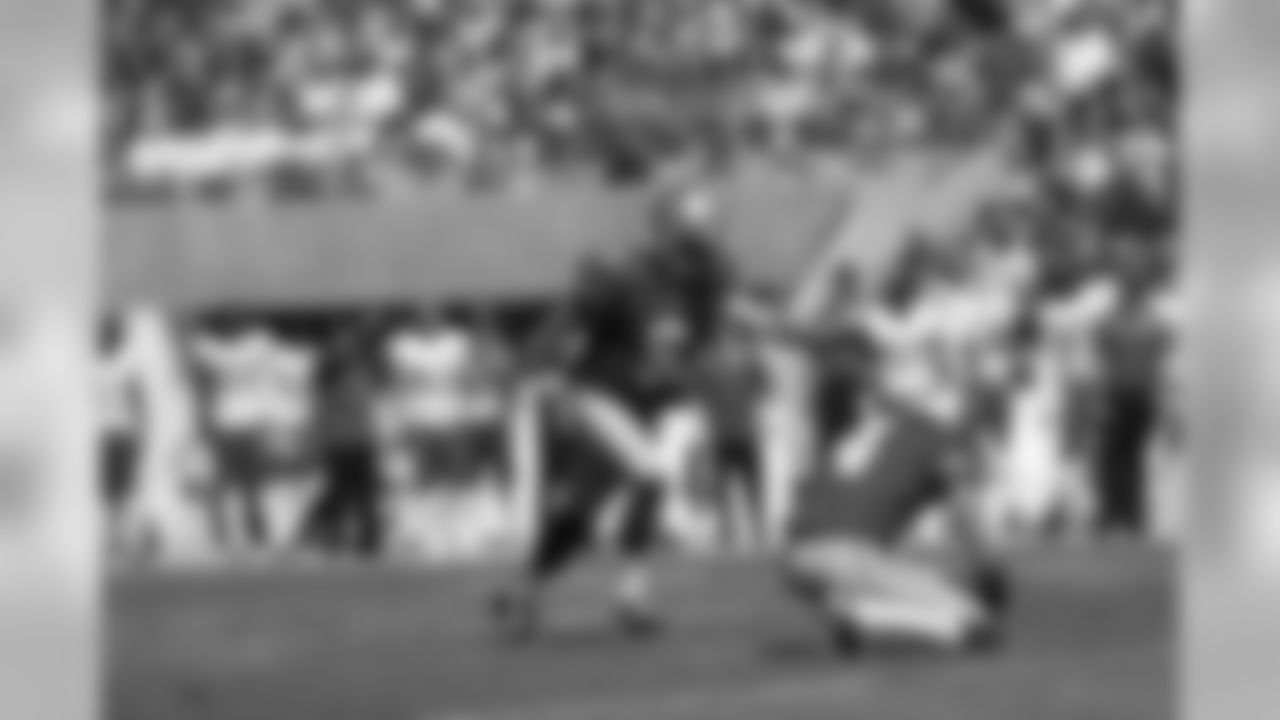
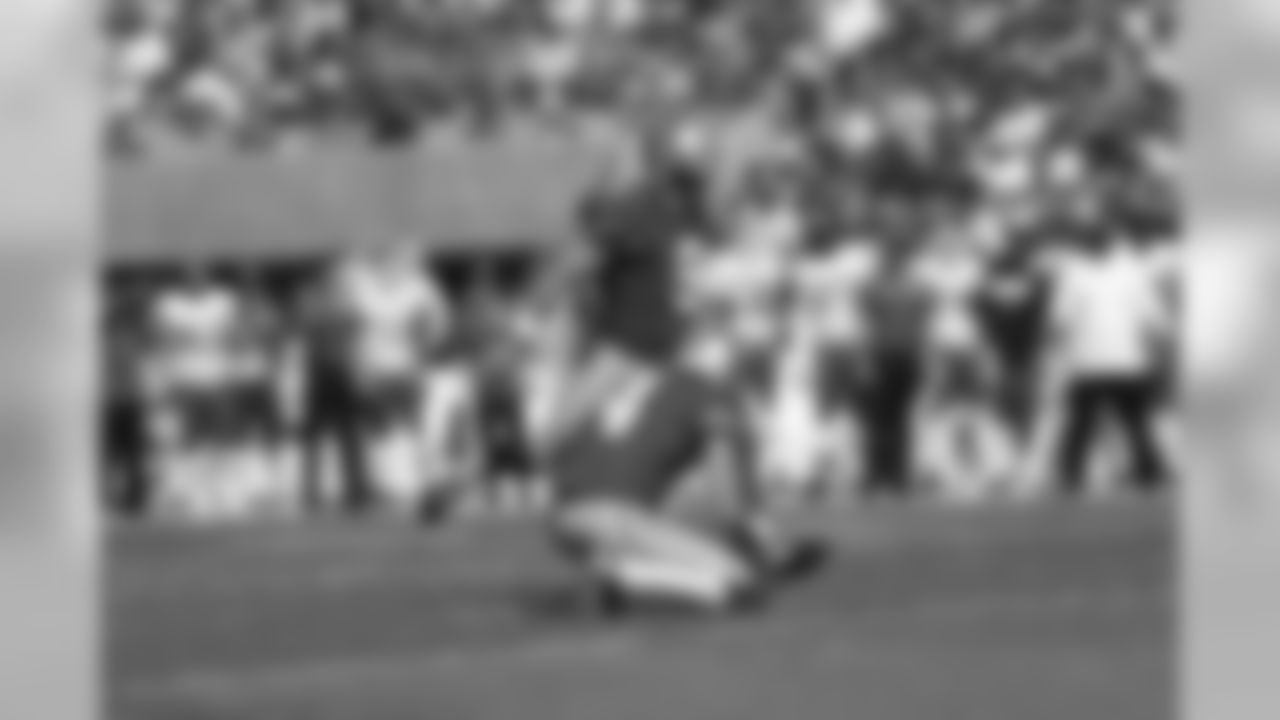
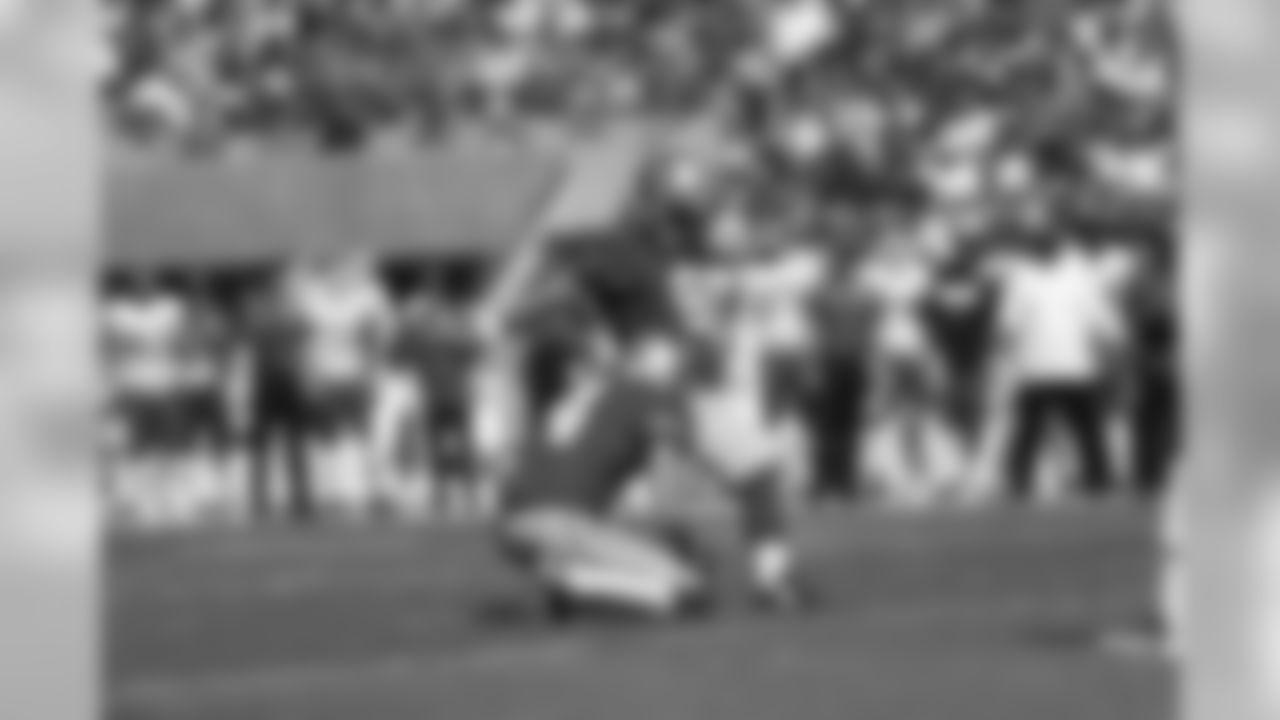

Furthermore, Dawson leads all active kickers by making 28-of-28 field-goal attempts from 32 or 33 yards since 2001, according to ESPN Stats & Info.
But when you subtract Dawson's career success rate on field goals between 30 and 39 yards (86.5 percent) from the aforementioned 98.2 percent clip he had at the old PAT distance, you get a difference of 11.7 percent. That discrepancy is consistent across the league, meaning that although attempts from that range are still made at a high rate, it is far less automatic than kicks from 20 yards.
The NFL tested the rule change in a two-week span during the preseason last year. Dawson, however, never got to experience the shift, as the 49ers were held without a touchdown in those games. The kickers who did test out the wrinkle made 93.4 percent of their attempts from the new distance.
Although the rule change may seem relatively minor at first glance, it has the potential to dramatically alter teams' strategies.
Consider that over the past two seasons, NFL kickers made 92.9 percent of field goals from 30 to 35 yards. During that same two-year span, teams converted 61 of 128 (47.7 percent) of two-point attempts, which will remain at the 2-yard line.
Theoretically, this means that when extrapolated many times over, teams can actually expect to score more points when going for two every time than kicking the extra point.
With the 117th in the NFL Draft, the 49ers selected TE Blake Bell out of Oklahoma

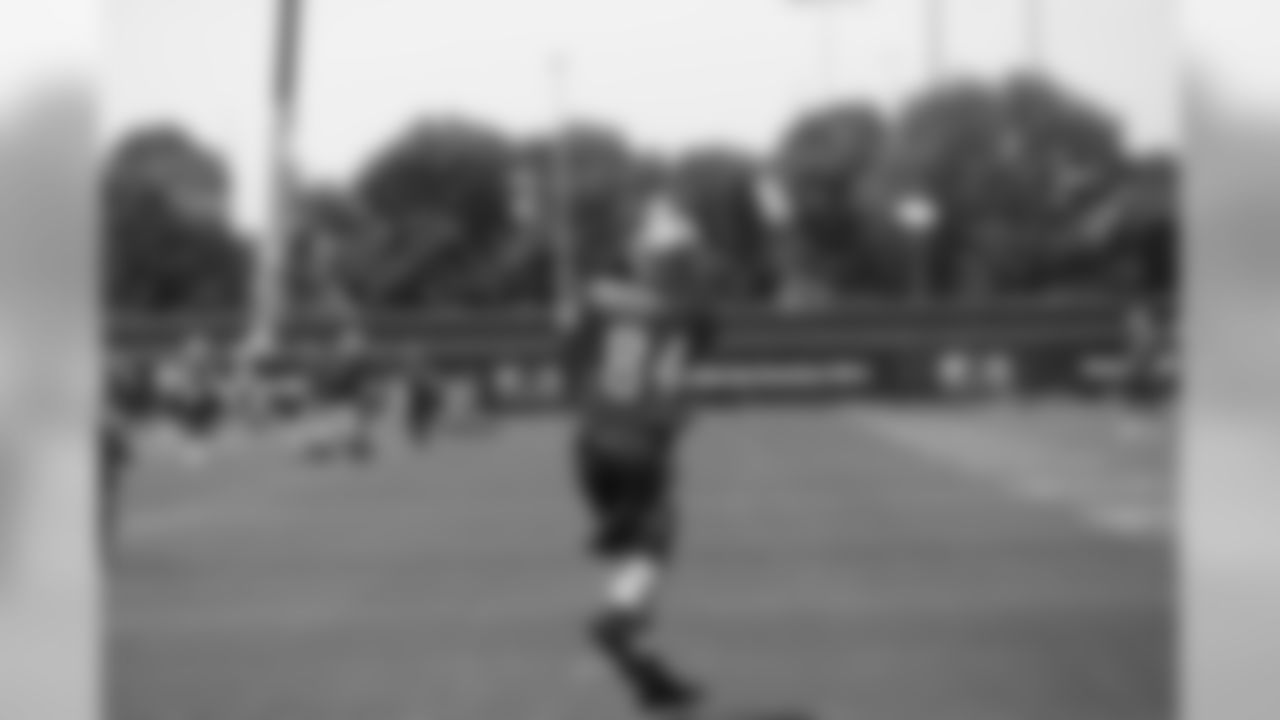
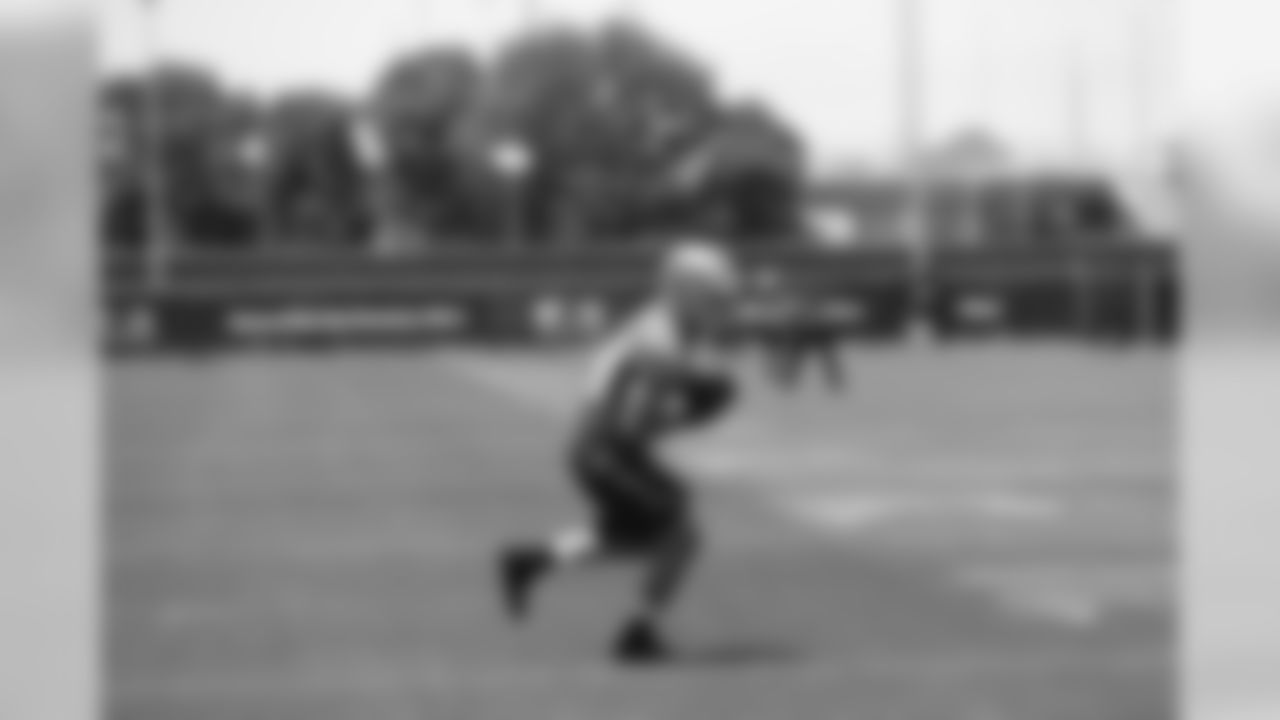
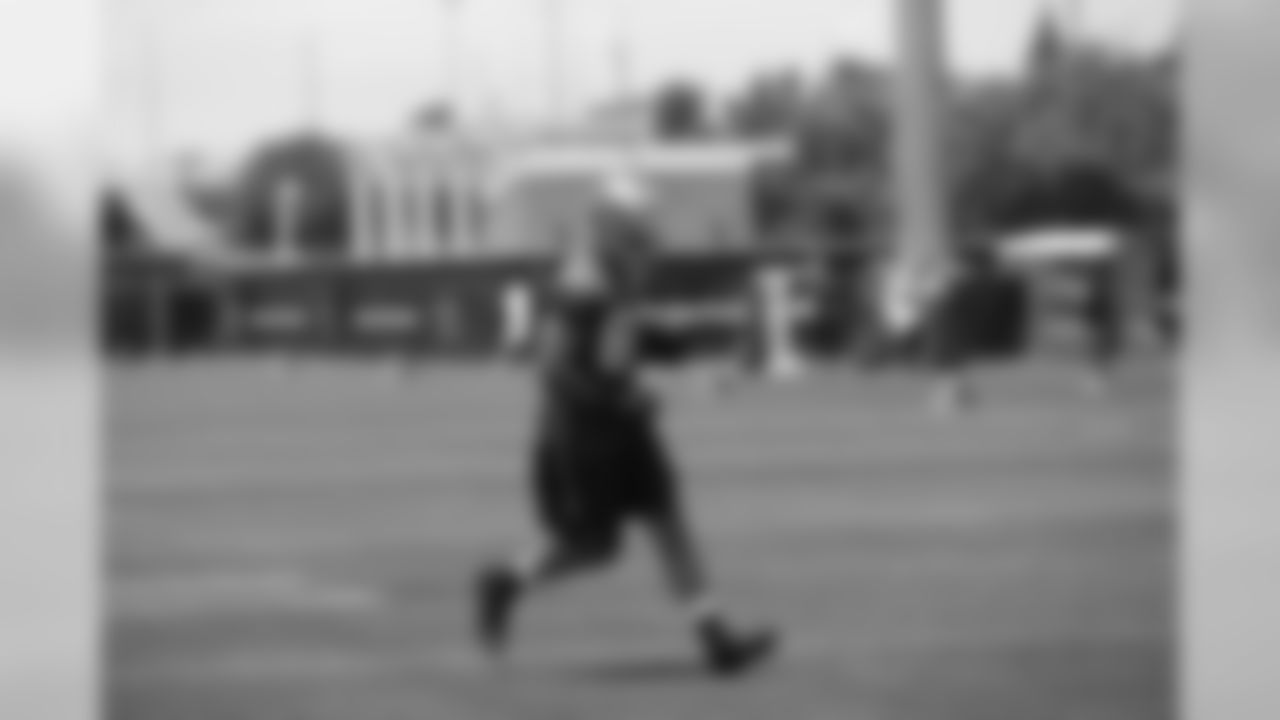

















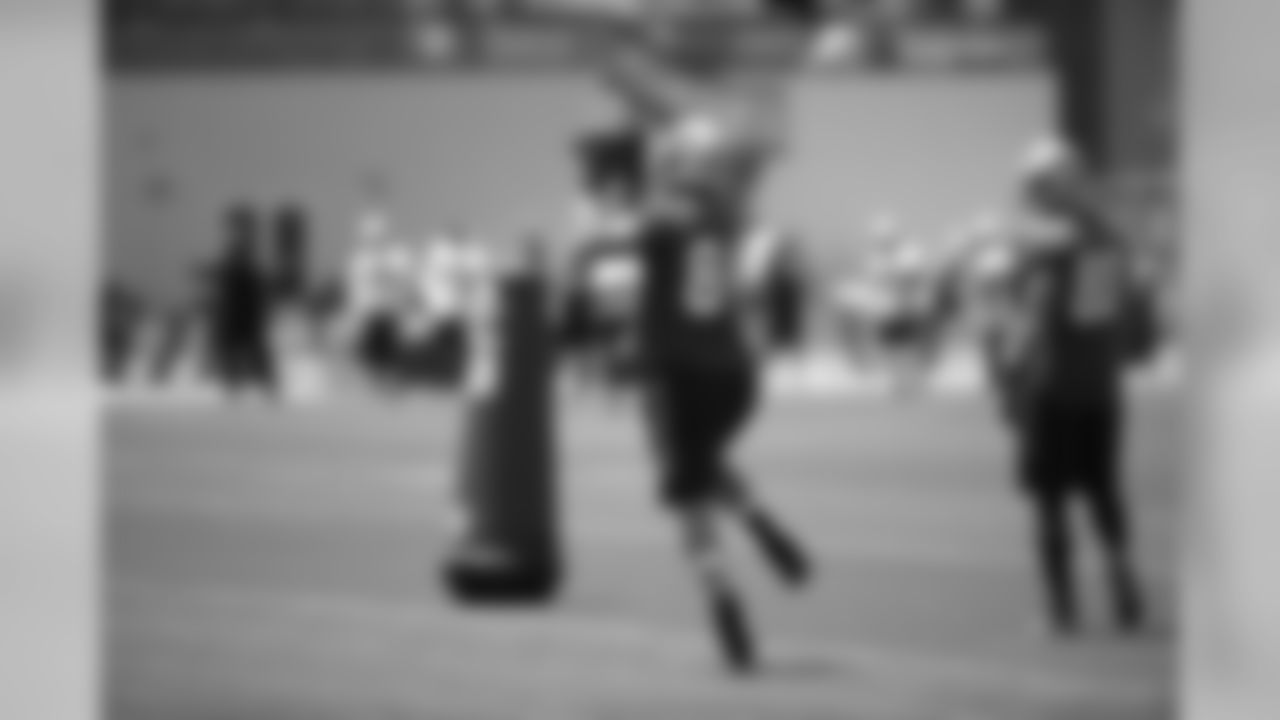
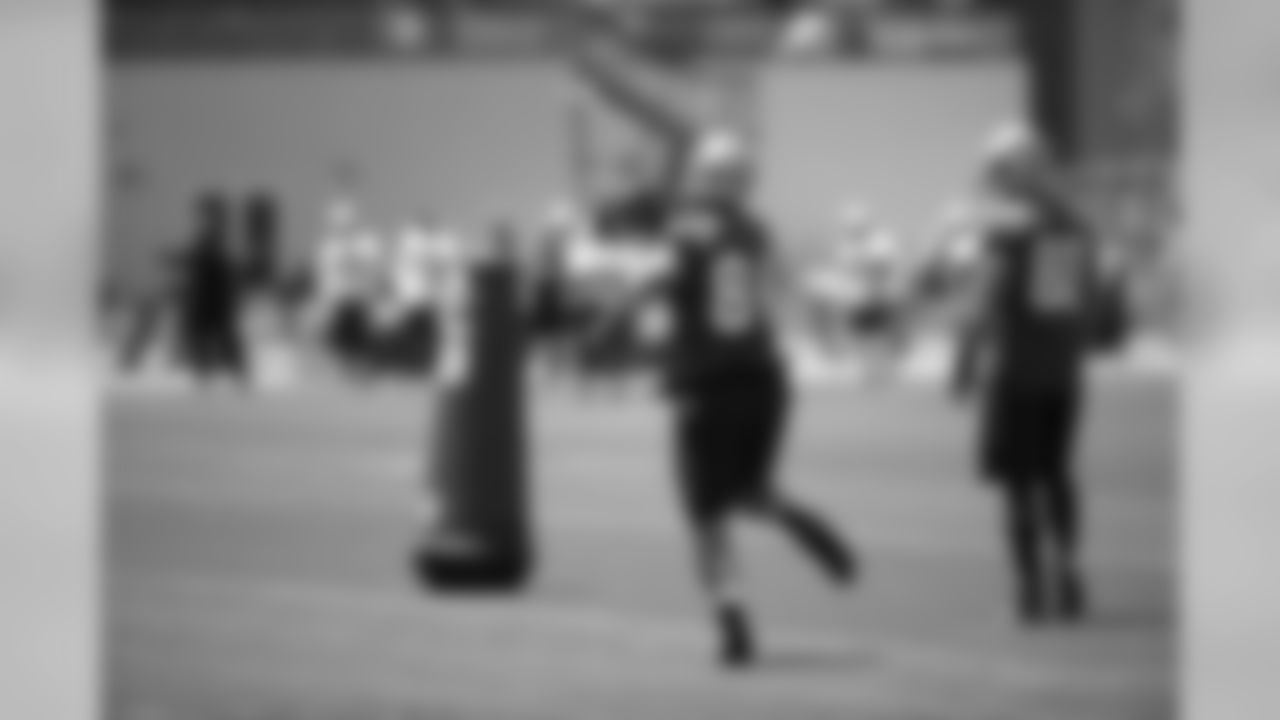
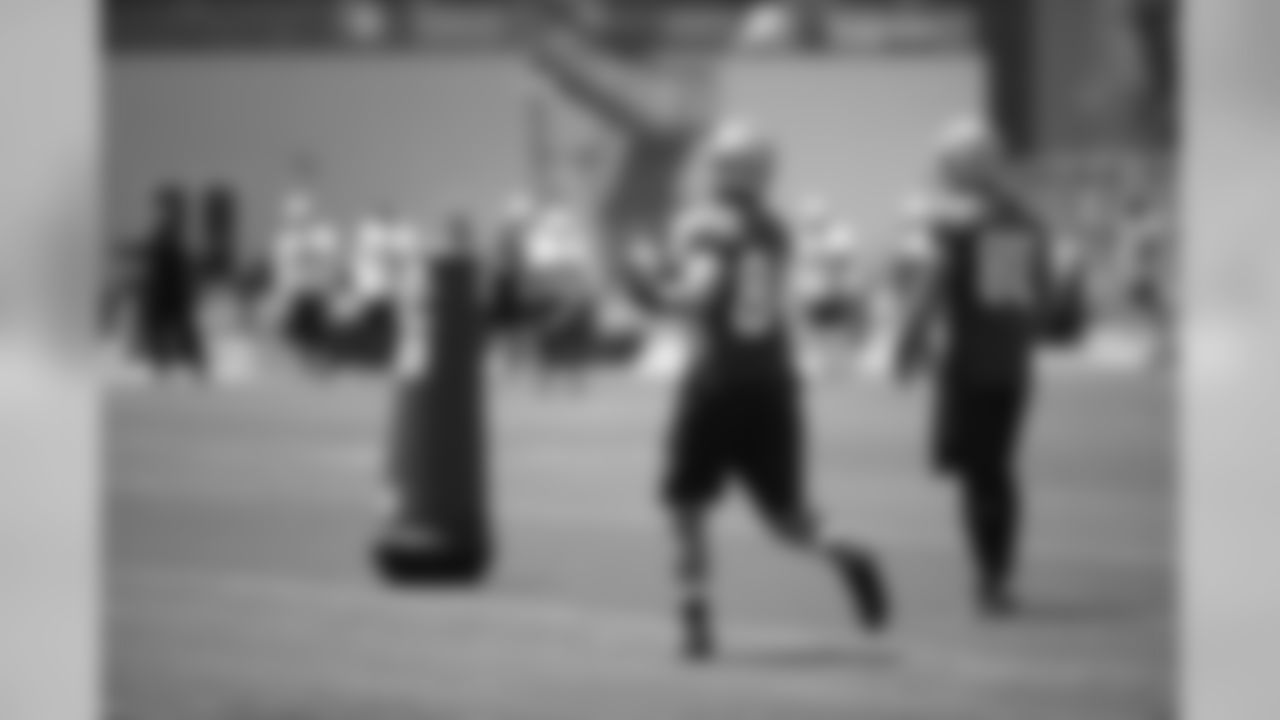
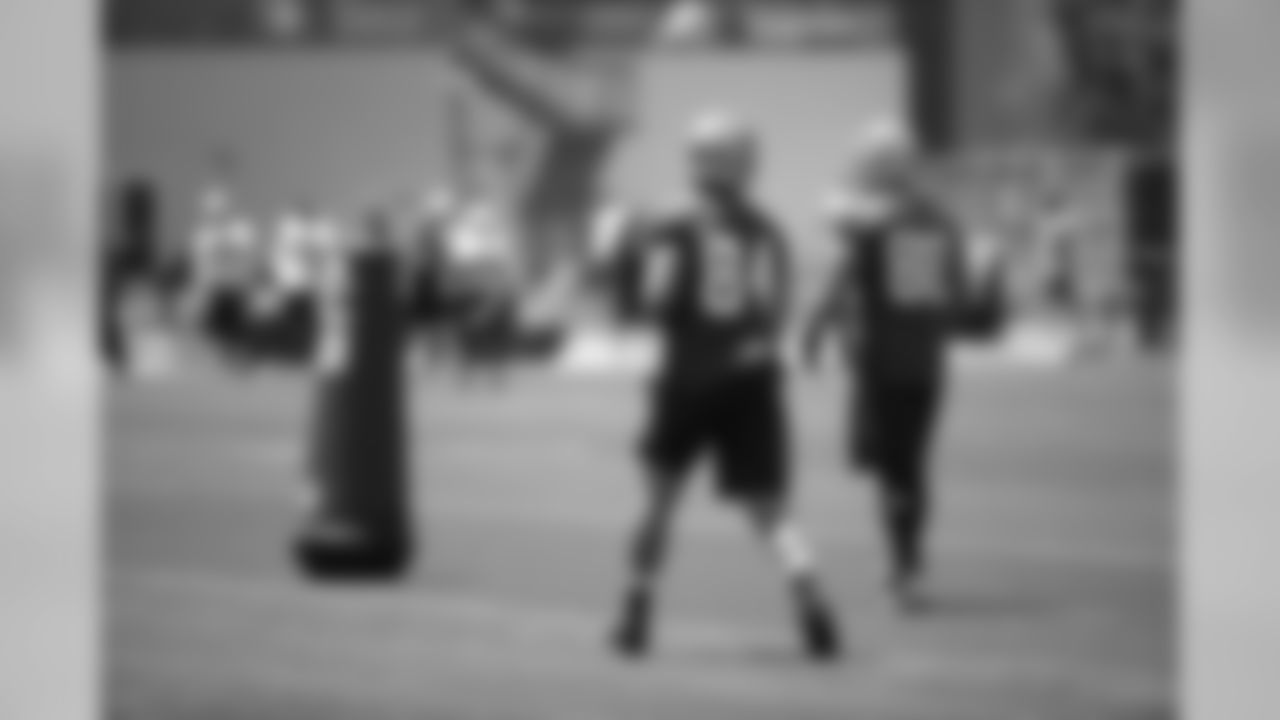
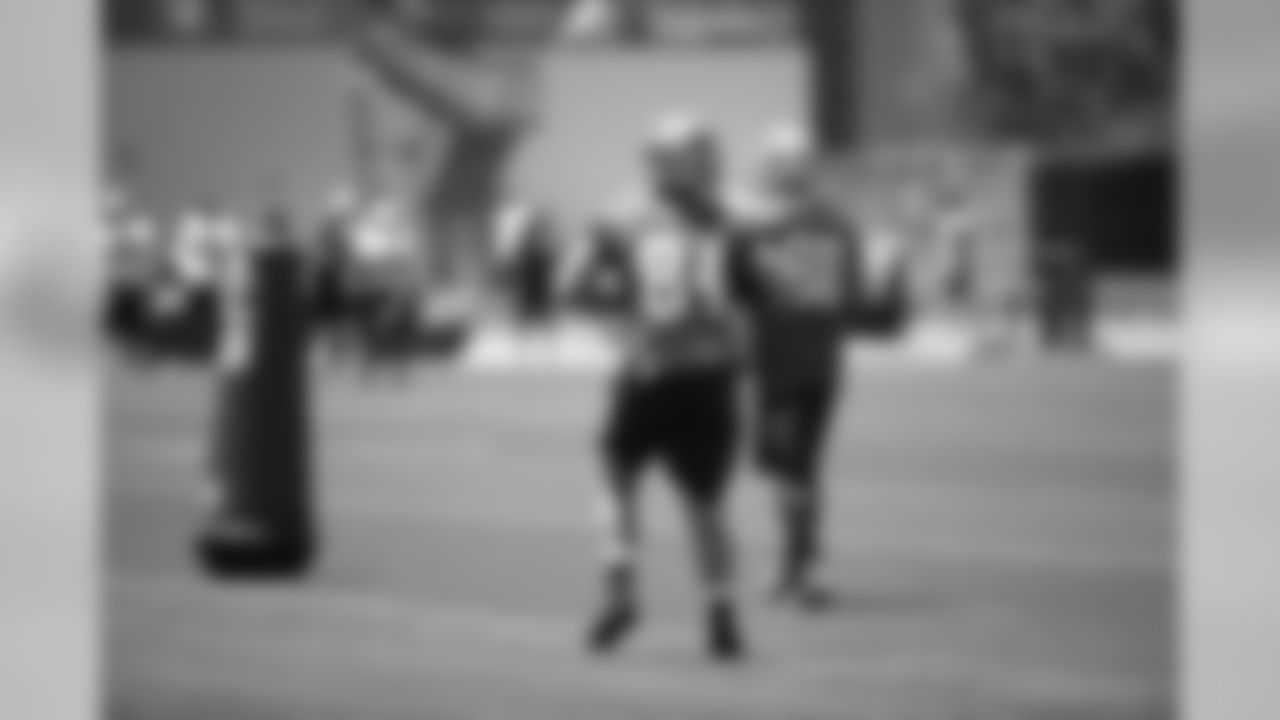

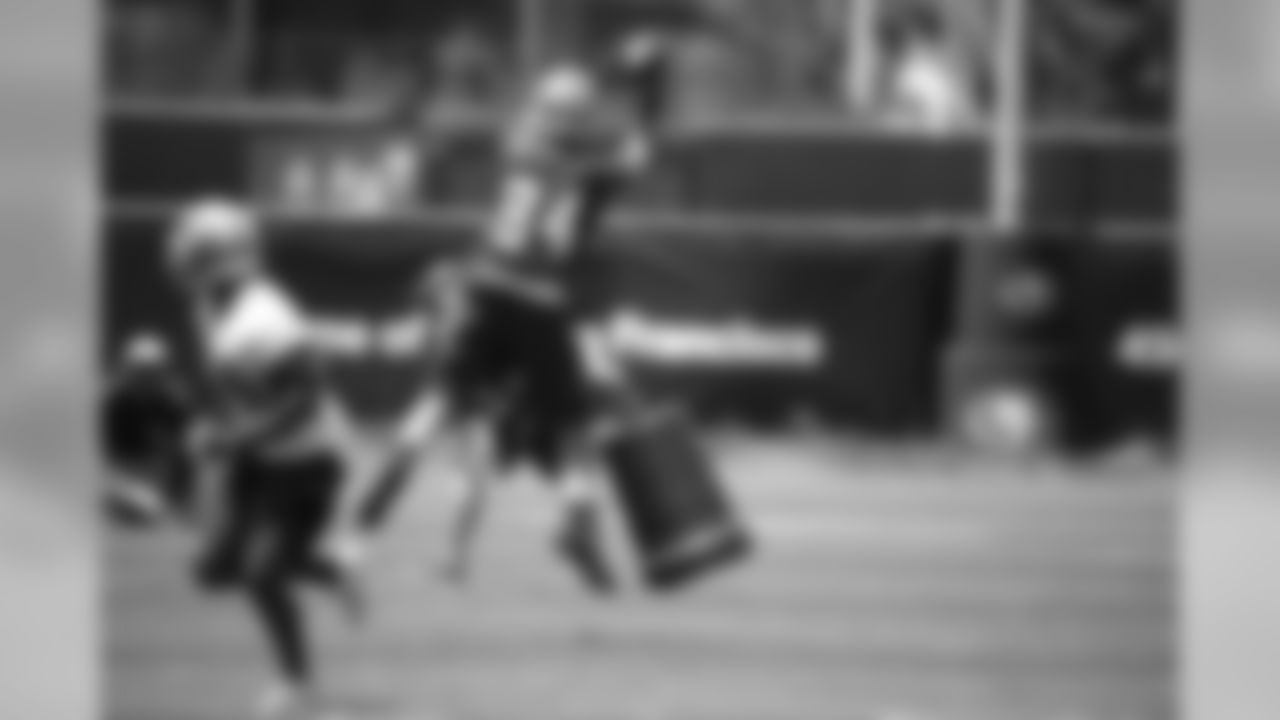
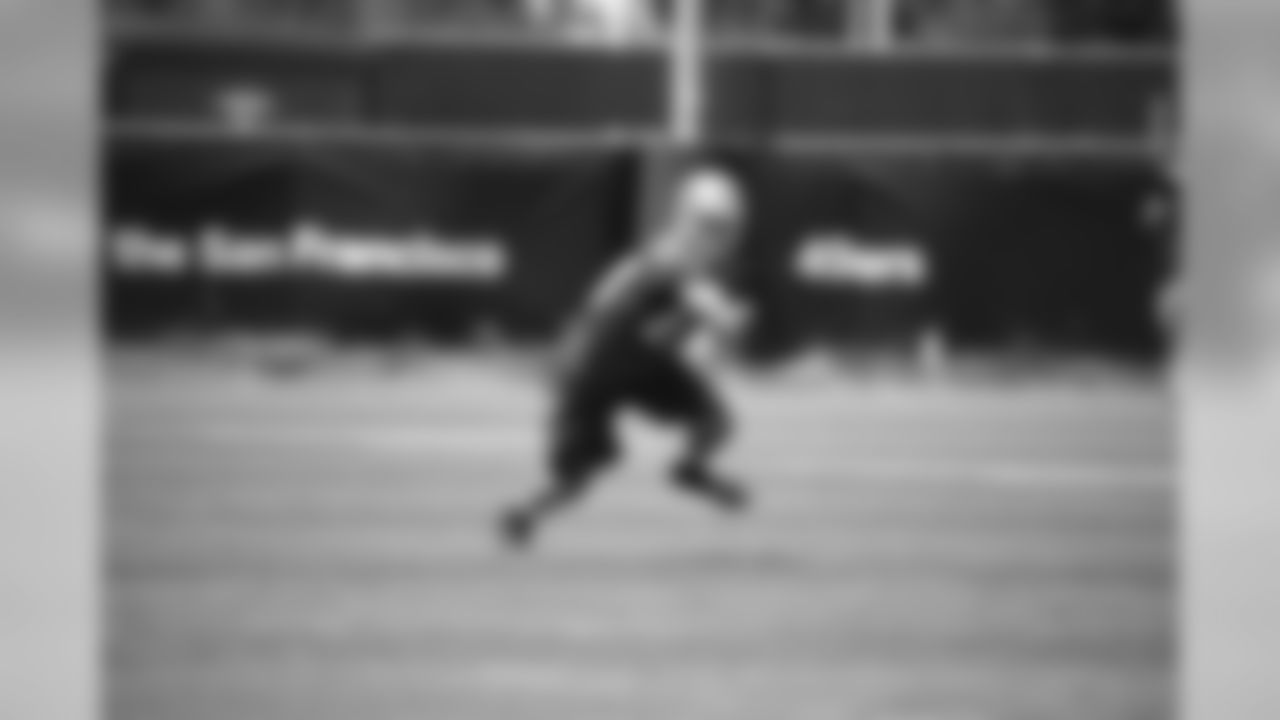


Will those statistics actually change the way coaches think? That remains to be seen. A larger sample size of both numbers will likely alter their respective success rates.
Another aspect to consider is that the defense may now return interceptions, fumble recoveries and blocked kicks for two points. This has been the case in college football, but until the rule change on Tuesday, those plays were whistled dead in the NFL.
Since 1994, the 49ers have converted 17-of-29 two-point attempts in the regular season and 3-of-6 in the postseason. The team's last attempt came in Super Bowl XLVII, when Colin Kaepernick failed to connect with Randy Moss in the end zone midway through the fourth quarter.
Something to keep in mind for 49ers fans: Quarterback-turned-tight end Blake Bell had a special package in college designed for short-yardage situations – similar to how Tim Tebow was used near the goal line at Florida.
The first season the "Belldozer" package was installed at Oklahoma, 26 of Bell's 44 carries resulted in either a first down (13) or a touchdown (13). Overall, Bell ran for 24 scores for the Sooners.





